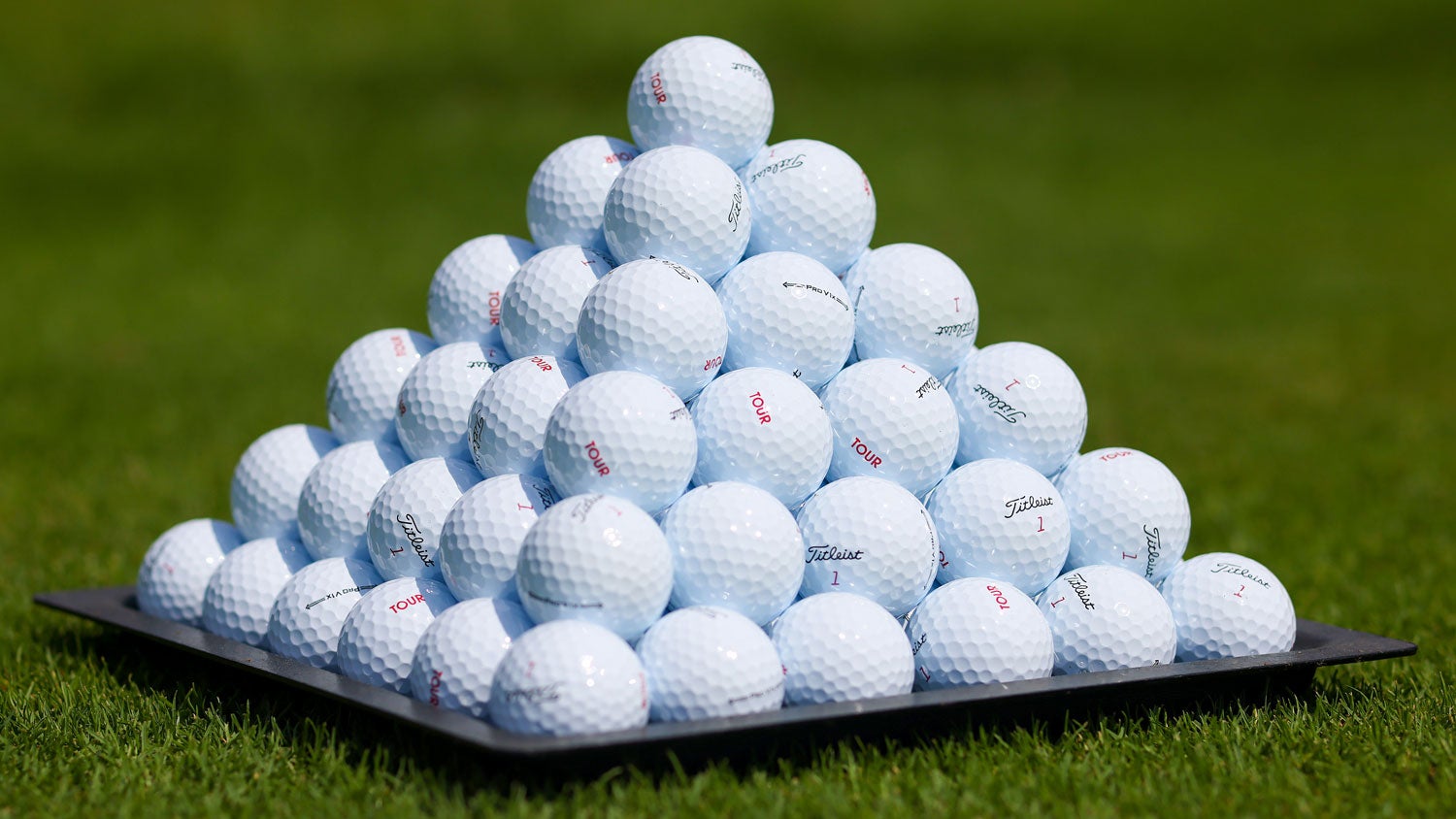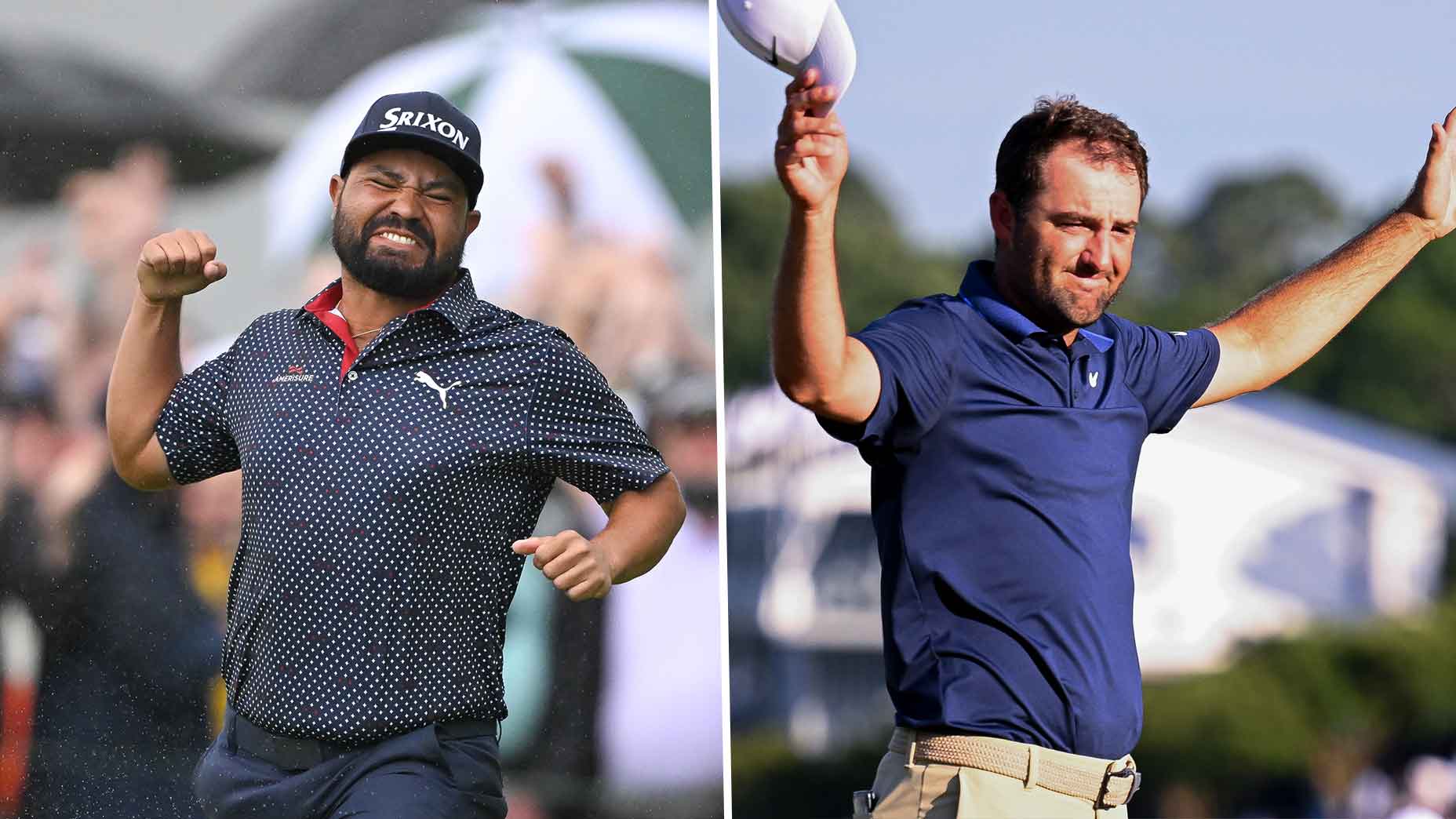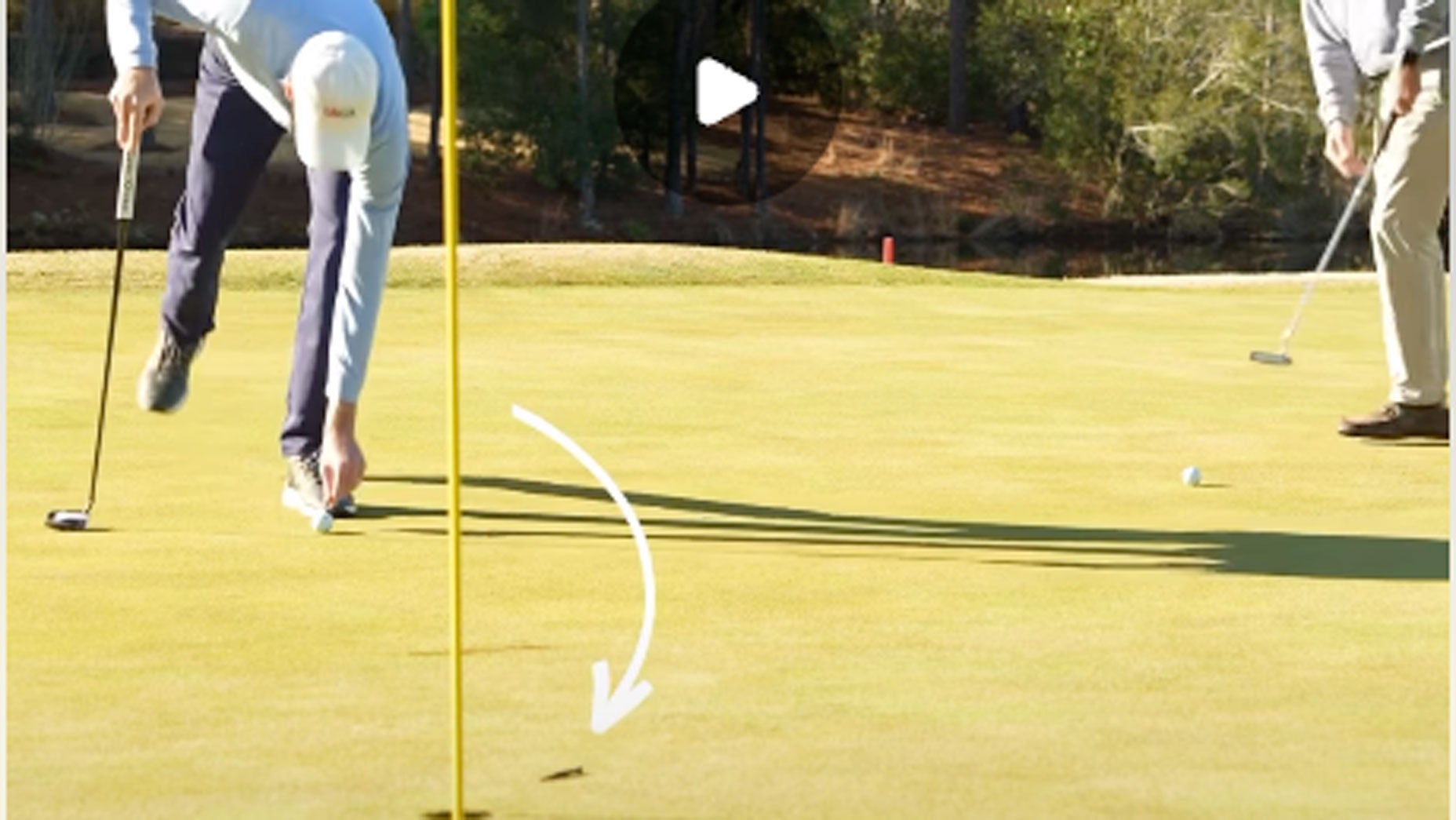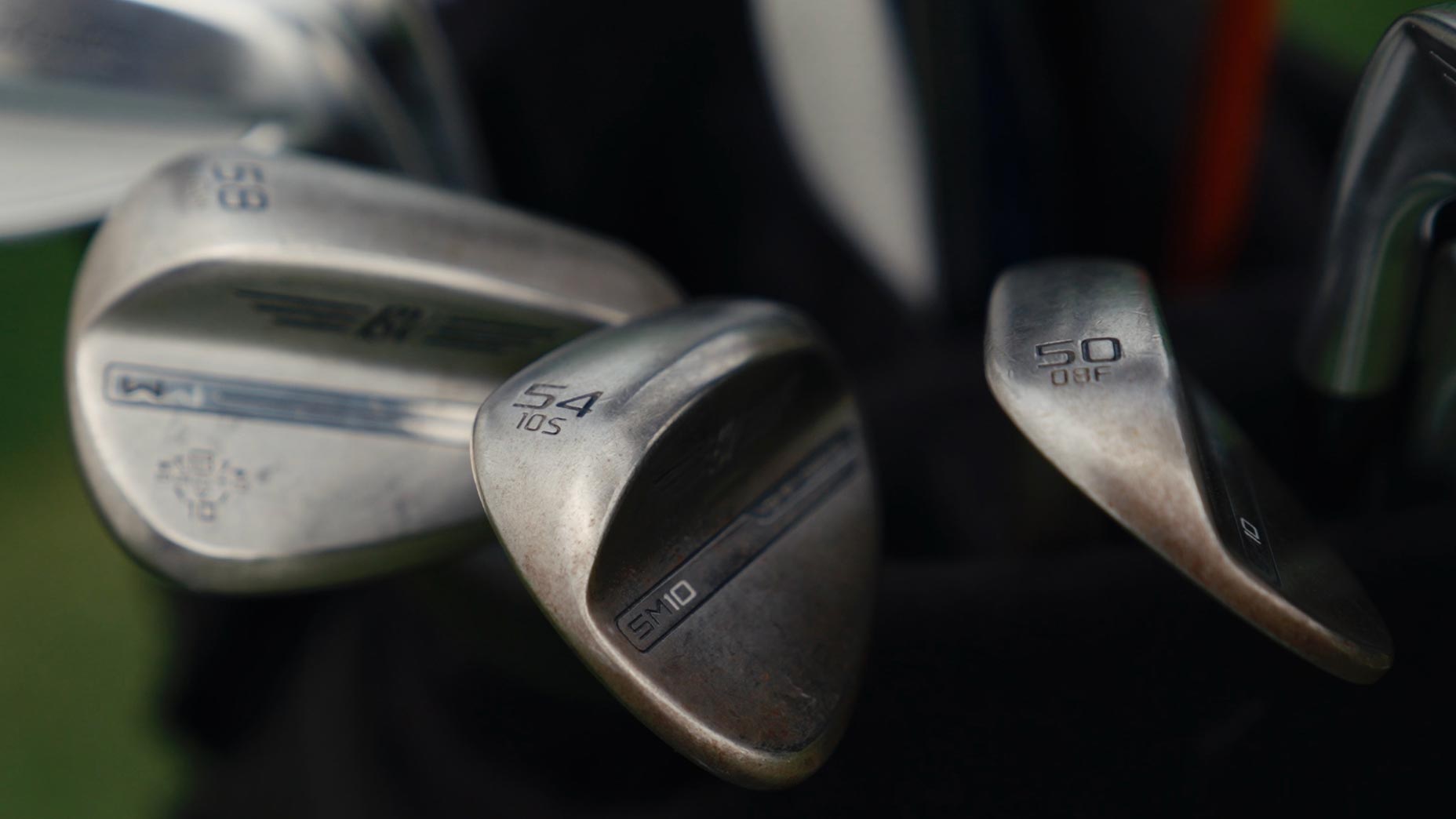It looks like the PGA Tour will go kicking and screaming into golf’s next era.
In a letter to PGA Tour members first shared by No Laying Up and later published, in part, to the Tour’s website, commissioner Jay Monahan announced the PGA Tour’s opposition to the USGA and R&A’s golf ball rollback as currently planned.
Wednesday’s notice of decision from the governing bodies announced a change in the Overall Distance Standard (ODS) by which golf balls are tested for conformance. While the maximum distance a golf ball can fly — 317 yards with a three-yard tolerance — the governing bodies are changing the speed and launch conditions for the test, raising the clubhead speed to 125 mph from 120 and lowering the launch angle and spin rate. The new limits will go into effect on Jan, 1, 2028.
The speed increase is what Monahan and the Tour draw contention with.
“We believe the proposed increase in test clubhead speed to 125 mph is disproportional to the rate of increase we see when analyzing PGA Tour radar data,” the statement said.
However, according to the governing bodies, the new speed, which is equivalent to a 183 mph ball speed, is representative of the average of the 25 fastest players in 2023. In a letter to equipment manufacturers explaining the decision, the governing bodies added that when the previous test speed of 120 mph was established in 2004, that was equivalent to the 25 fastest players on the PGA Tour at that time.
A 120 mph swing speed, according to the USGA and R&A, is equivalent to a ball speed of 176 mph. When the Tour began tracking radar data in 2007, the average of ball speed of the 25 players was 176.6 mph.
“Governance is hard,” USGA CEO Mike Wahn said in the announcement. “And while thousands will claim that we did too much, there will be just as many who said we didn’t do enough to protect the game long-term.”
The golf-ball rollback is official. Here’s what the governing bodies have plannedBy: Jonathan Wall
The PGA Tour also opposed the governing bodies’ initial proposal in March of this year, which was to create a Model Local Rule. This would have allowed high-level events such as the those played on Tour to require players to use golf balls tested under the new standard but allow recreational amateurs to continue playing the current ball.
“Although there has been some level of support for limiting future increases, there is widespread and significant belief the proposed Modified Local Rule is not warranted and is not in the best interest of the game,” Monahan said in a memo released in July. “Following a discussion on the topic at a recent PAC meeting, we have notified the USGA and R&A that while the PGA Tour is committed to collaborating with them — and all industry partners — to arrive at a solution that will best serve our players, our fans and the game at all levels, we are not able to support the MLR as proposed.”
That feedback and collaboration led the USGA and R&A to its decision on Wednesday. Monahan ended his letter to players Wednesday with a similar commitment to collaborate with the governing bodies.
“We will continue to share our feedback with the USGA and The R&A,” he wrote. “We will also continue efforts we are making using the breadth of ShotLink data to understand how course set-up, design and other competitive characteristics can help mitigate the effects of distance while also providing the opportunity for a diverse skill set to succeed at the highest level.”











